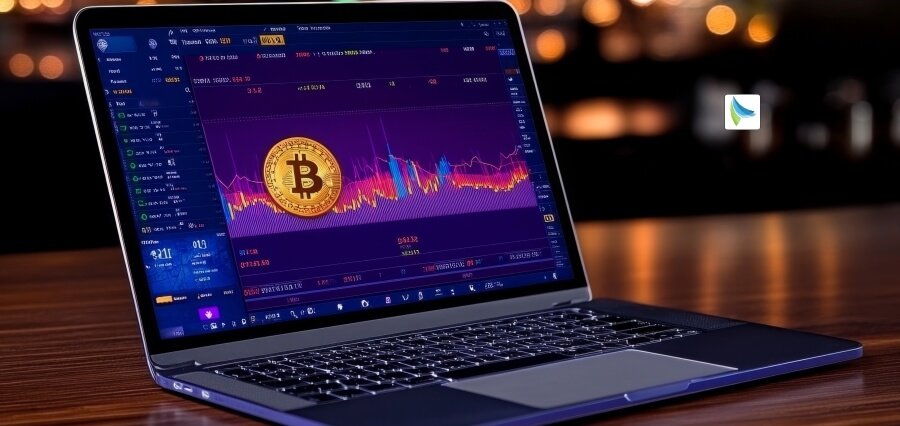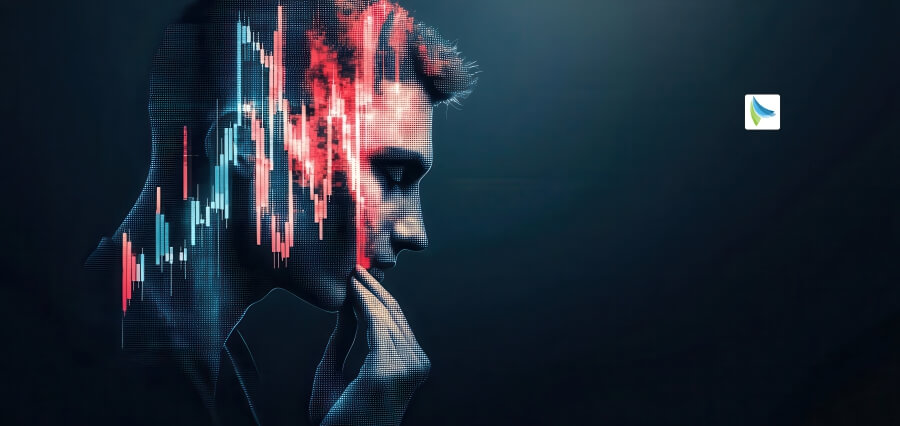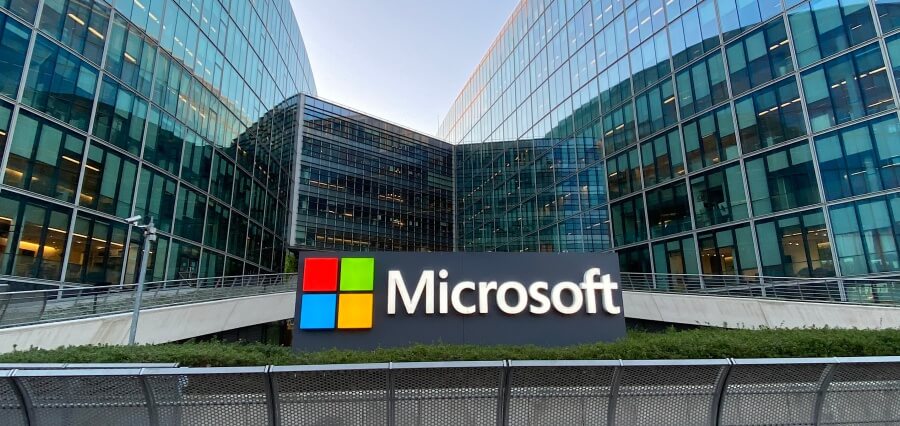Corporate identity is critical for developing a brand image and leaving a lasting impression on clients and industry professionals. The key component of brand identification is the logo. A company logo is the simplest approach to successfully register and communicate the company’s identity to the public. It demonstrates the company’s devotion, standardization, and faith in its products and services. Several multinational corporations’ logos are easily identifiable. Microsoft Inc. is one such multinational corporation in the IT industry. Let us look at the history of Microsoft logo and how it has evolved since its inception.
History of Microsoft Logo First Logo in 1975 to 1980 era
The company was founded on April 4, 1975, with a logo designed by Simon Daniels. This first logo version at the beginning of the history of Microsoft logo, mimics the decade in which it was debuted, the 1970s. The font is disco-like, and the words “Micro” and “Soft” are separated by two lines. When Microsoft was first created, Gates and Allen experimented with creating these two distinct words. The typeface was particularly era-specific, imitating the Aki Lines font and conveying a sense of youth and progression. The rounded letters with huge, open O’s reflected the rebellious nature of 1970s California.
Second Logo Phase 1980 to 1982
The new trend of the 1980s was an upbeat, fast-paced appearance. The graphics of the era were bold, crisp, and far more aggressively dynamic than those of the generation before it. And the history of Microsoft logo continued to demonstrate that the corporation was adept at adopting current trends. Still paying attention to how music moves you, this logo’s sharp, pointed lines appear to have been influenced by heavy metal bands. The new Microsoft logo was designed using the New Zelek font, which featured piercing diagonals. In many respects, it has the same edgy feel as the hair metal bands of the era. In fact, the M, R, and F extend beyond the edges of the other letters, akin to the Metallica logo.
This logo wonderfully exemplifies the principle of modern logo design: timeless over trendy. While the 80s logo encapsulated the era’s look, it couldn’t withstand the many style fads and modifications that came after.
Microsoft’s Third Logo (1982 to 1987)
Daniels designed a version that mirrored the original Microsoft logo from the 1970s, using a similar font but in a cleaner, simpler structure, and dubbed it the “Blibbet” logo. It produced a softer, rounder logo with a very simple sans-serif font. The “O” in the center was the main focal point and the most significant styled feature, with stacked lines to mimic those on a CD–a large part of computer operation at the time. This iteration of the Microsoft logo also marked a complete departure from the company’s disco roots and its two-year run with the rock-and-roll, rebellious image. It demonstrated how the brand with the history of Microsoft logo was shifting toward a larger emphasis on technology itself.
The Fourth Modification of Microsoft Logo (1987 to 2011)
The angled text drew the eye forward, while the powerful Helvetica Italic Black typeface provided a tasteful balance between the former Microsoft emblems. It was more assertive than the Blibbet, but not as strong as the 80s rocker logo.
This confident, brazen logo reflected the brand’s consistent expansion and domination in the software industry throughout the history of Microsoft logo in the period 1990s and early 2000s.
Final and recent 4-colour logo 2012 onwards
The final edition of the Microsoft logo appeared in the second decade of the twenty-first century and featured the now-familiar four-color symbol adjacent to the word Microsoft, which used the Segoe UI typeface. This completes the history of Microsoft logo.
This logo is so widespread today that it’s difficult to remember previous variations! This version employs four distinct colors to symbolize four different software packages, and the font is much thinner than in previous versions. Jason Wells designed the logo, which helped to modernize the brand and advance further in the history of Microsoft logo.
The colorful windowpane contrasted with the previous Microsoft emblems. The font became the rounded Segoe UI, eliminating the harsh aspects of prior designs. Furthermore, the window icon reflected the shift to incorporate a separate design element that was not just part of the name itself. The four-color panes alluded to the company’s major software program, Windows, and the window symbol itself represents looking forward to innovation and the future. The Microsoft logo, with simply its name and four simple color palettes, communicates the brand’s objective, product portfolio, and corporate identity.
Microsoft’s wordmark remains consistent across all versions in the history of Microsoft logo..
The brand now uses the new window pane icon for almost all of its products and services.
The red square on the window represents both Microsoft’s Office Suite and its component, PowerPoint. This is not merely the hue of the PowerPoint icon; it also emphasizes Microsoft’s diverse digital services. The color red represents the great energy and enthusiasm that inspired the suite’s creation. It encourages viewers to get fired up and accomplish fantastic job.
The blue square in the window highlights the Microsoft Windows suite. This is the most generally associated hue with Microsoft, so it was essential to include it in the four-color palette. Blue inspires stability, calm, and a beautiful sky, assuring you that Windows can manage all of your requirements effortlessly and conveniently, reflecting the rich history of Microsoft logo.
In addition to computer software, Microsoft founded Xbox. The official color of the Xbox is green, therefore using green to represent this was a no-brainer. Xbox transmits a youthfulness to its brand by providing exciting and wonder-filled gaming items.
The Yellow Square with Yellow is the final color in the pane. Both Outlook and Bing can be connected to it. Yellow is no longer the official color of any application, but Microsoft chose to include it because of what it represents. Yellow indicates positivity and innovative thinking, which have been crucial to Microsoft from its inception, defining the history of Microsoft logo.


















